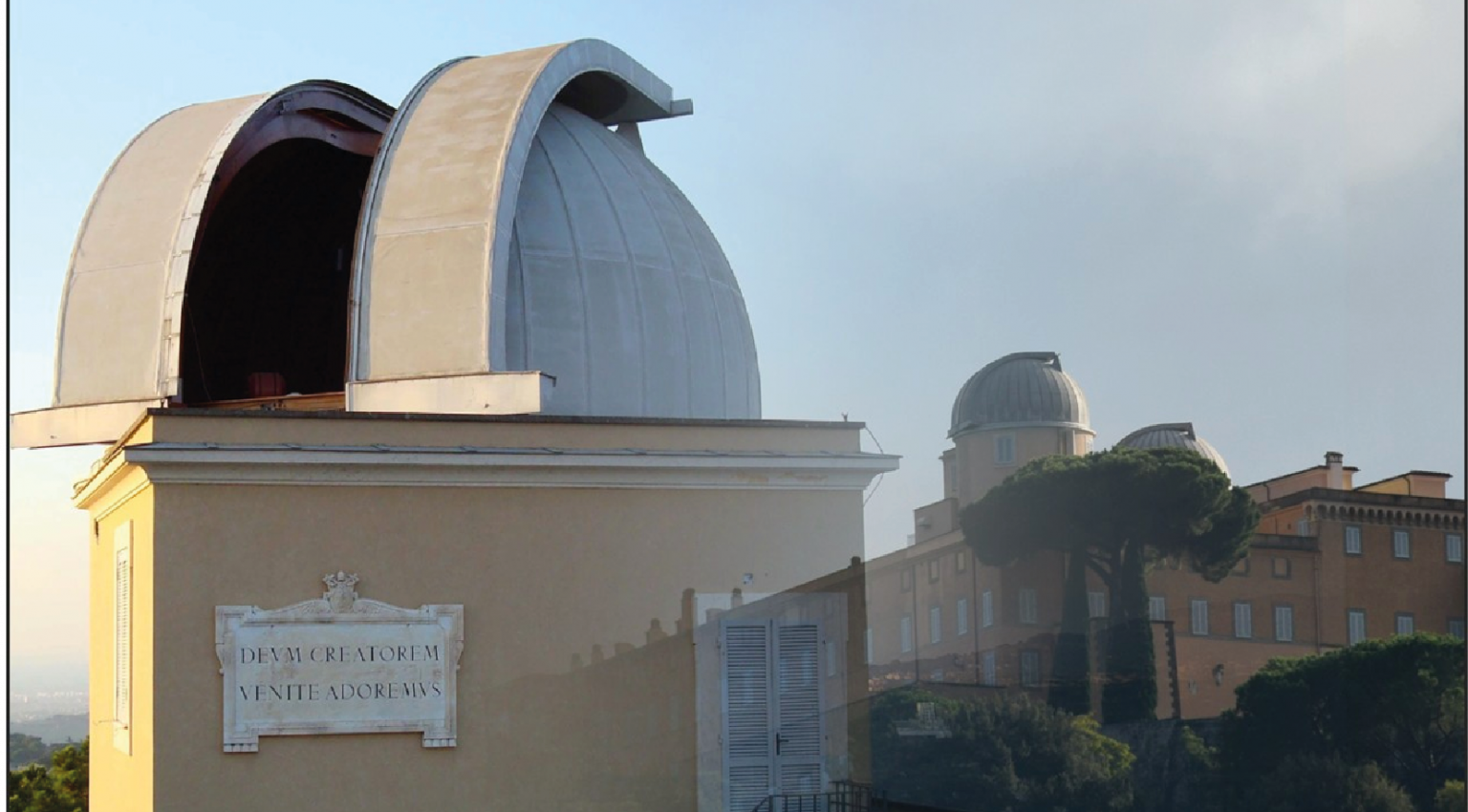(ZENIT News / Castelgandolfo (Vatican City), 10.18.2024).- Little more than a year after the opening to the public of the astronomical Domes of Villa Barberini in Castel Gandolfo, the Vatican Observatory – one of the world’s oldest active observatories – is doubling its tour options by unveiling for the first time to tourists, pilgrims and students, also the two majestic Domes of the Papal Palace, home to ancient instruments and historical telescopes still in perfect working order.
As a confirmation of the fruitful cooperation between the Observatory, the Vatican Museums and the Directorate of the Pontifical Villas, from Saturday 19 October restricted groups of visitors – accompanied by Vatican staff – will be able to have access, via an evocative spiral staircase, also to the third floor of the Papal Palace, at the highest point of the panoramic terrace overlooking the Lake of Castel Gandolfo. But not without first looking at the original marble tablet bearing the inscription “Deum Creatorem, venite adoremus” (Come, let us adore God the Creator!), the invitation addressed to the same Pope Pius XI’s astronomers when, on 29 September 1935, he solemnly inaugurated the new site of the Observatory, after having provided for its transfer to the Castelli Romani, outside the Vatican Walls, due to urban light pollution.
Today, almost 90 years later, and taking advantage of a promotional rate of 6.00 Euros (reduced price ticket 4.00 Euros), the visitor will have the privilege of exploring two perfectly conserved and intact astronomical observatories: the “major dome” (diameter 8.5 metres) equipped with a Visual Telescope, ideal for the observation of the stars and planets, and the “minor dome” (diameter 8.00 metres), which instead houses the Double Astrograph, used for photographic surveys of the sky and the position of the stars.
Thank you for reading our content. If you would like to receive ZENIT’s daily e-mail news, you can subscribe for free through this link.



